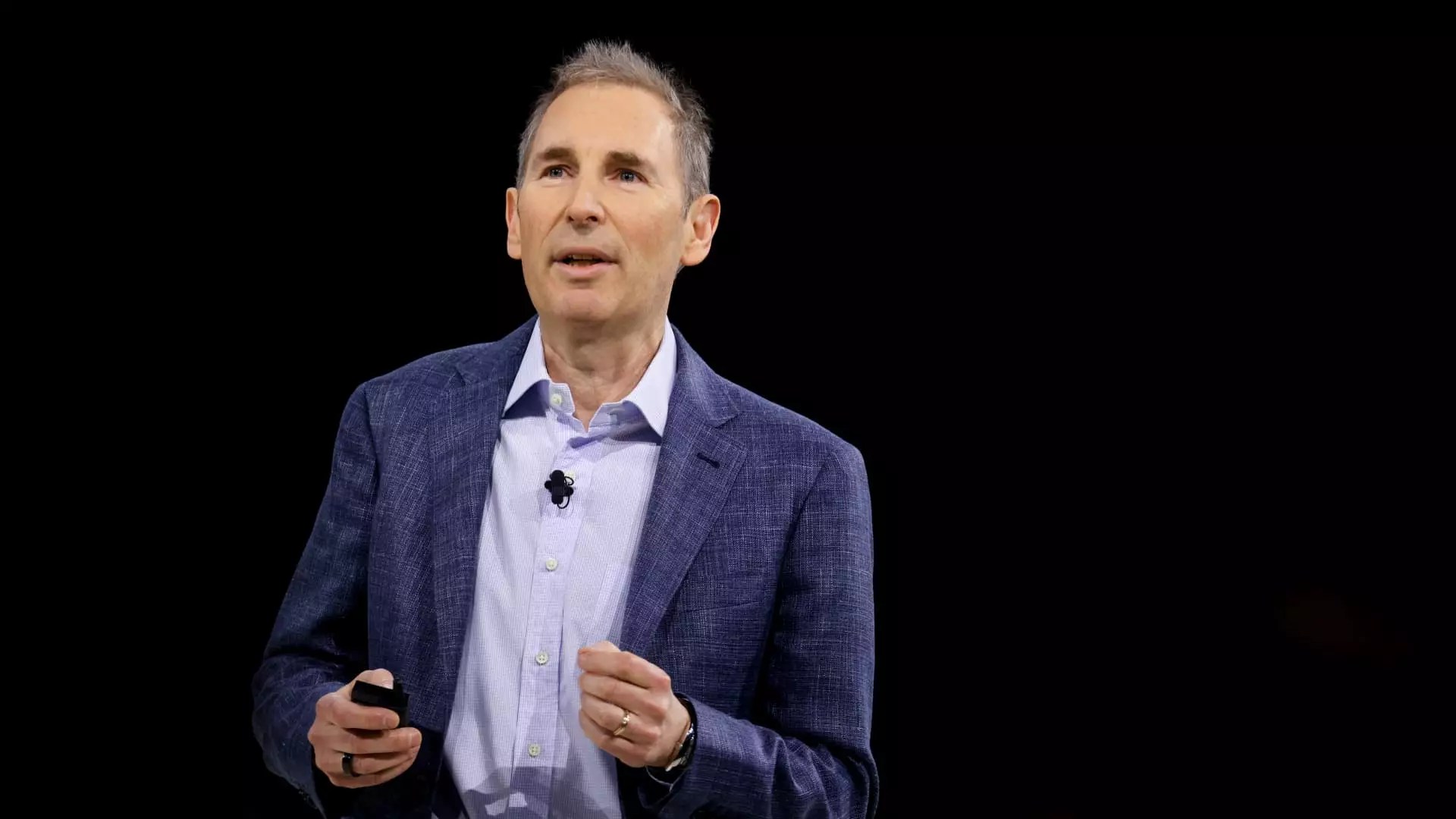The excitement around generative artificial intelligence (AI) often obscures a harsh truth: technological progress inevitably disrupts human labor. Amazon CEO Andy Jassy’s recent admissions reveal a growing acknowledgment within the tech elite that AI will significantly shrink certain segments of the workforce. While the promise of AI is to automate mundane, repetitive tasks, the blunt reality is that this automation will render many jobs obsolete, inevitably forcing painful workforce reductions. The narrative spun by Jassy — that new jobs will emerge to replace lost ones — sounds reassuring on the surface, but history and current evidence suggest these replacements will not be sufficient to offset layoffs, especially in the short term.
An Optimistic Facade Masking Structural Job Loss
Jassy and other executives often emphasize that AI will “free employees” from monotonous tasks and enrich their working lives. Yet, this glosses over the significant downsizing already underway. Amazon alone has cut more than 27,000 jobs since early 2022, an indication that strategic cost-cutting is tightly linked to AI-driven efficiency gains. Salesforce’s Marc Benioff’s claim that AI performs up to half the work at his company further confirms that human roles are being substantially diminished. These trends suggest that companies leverage AI not solely to enhance productivity, but fundamentally to reduce labor costs. The result is a workforce increasingly bifurcated between a shrinking elite of high-skill AI specialists and a broad base of displaced workers facing bleak prospects.
The Illusion of Job Replacement in a Rapidly Evolving Economy
The corporate mantra insists that as AI eliminates certain jobs, it simultaneously creates new opportunities, especially in AI development, robotics, and software innovation. This optimistic viewpoint, however, ignores the practical realities of labor market adjustments. Jobs lost in operational roles—warehouse staff, customer support, and administrative positions—are typically accessible to a larger pool of workers, often with less specialized training. Conversely, emerging AI-centric roles demand advanced expertise inaccessible to the average displaced worker without substantial retraining. This mismatch exacerbates income inequality and social stratification, issues that policymakers must urgently address but are often overlooked by corporate leadership focused on growth and shareholder returns.
Economic Performance Masks Underlying Human Costs
Notably, Amazon’s stagnant stock price contrasts sharply with the soaring values of tech giants like Microsoft and Nvidia, highlighting investor skepticism about Amazon’s growth relative to AI investments. Despite aggressive workforce reductions, Amazon’s market performance underwhelms, suggesting that cutting labor costs is not a guaranteed ticket to shareholder satisfaction or business vitality. Moreover, widespread layoffs across Silicon Valley reveal systemic anxieties about balancing AI-driven efficiency against sustainable employment. These dynamics underscore a pressing need to rethink economic strategies that overly rely on automation at the expense of worker stability.
A Call for Pragmatic yet Humane Policy Measures
The AI revolution is not a distant possibility; it’s reshaping the corporate world today. CEOs like Andy Jassy are candid about shrinking headcounts, but their focus on optimistic reframing falls short of addressing the social and economic disruption in full. A center-right liberal approach acknowledges technological innovation as an economic driver but insists on pragmatic policies that cushion the workforce transition. That means investing robustly in targeted retraining programs, incentivizing job creation in emerging sectors accessible to displaced workers, and reforming labor laws to balance innovation with human dignity. Without these measures, the AI boom risks fostering sharper divides rather than broad-based prosperity.


Leave a Reply